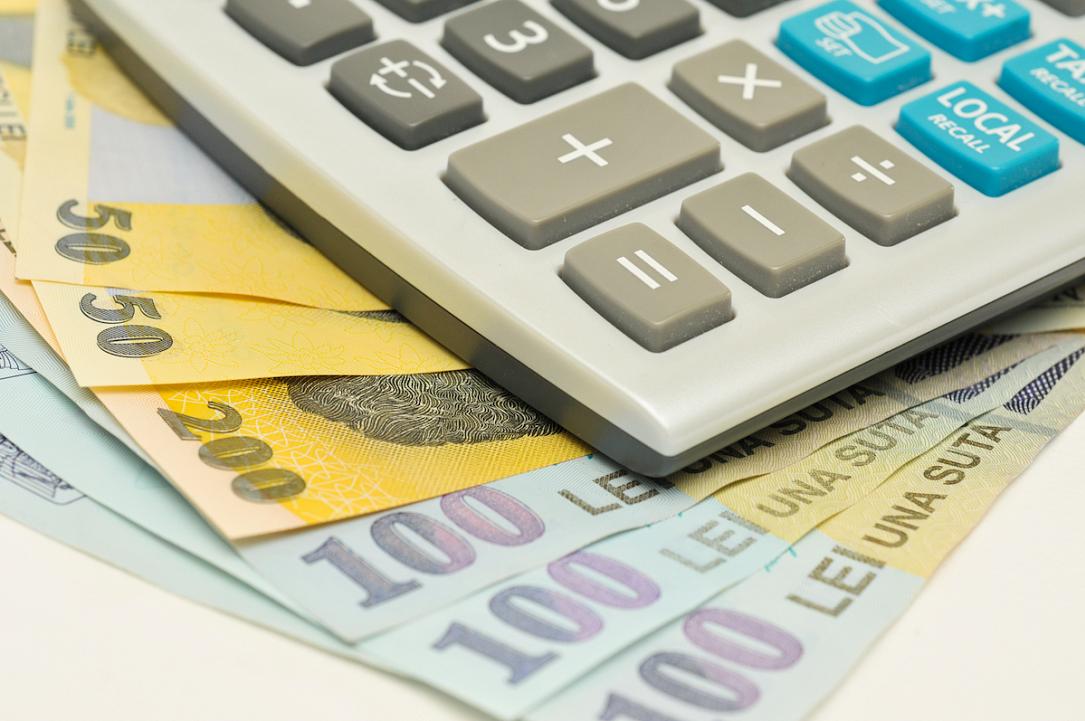Romania’s FinMin estimates public deficit under 5.7% of GDP in 2023

Romania’s general government deficit remained below 5.7% of GDP in 2023, less than the most recent projections issued by the government towards the end of the year - 5.9% of GDP, finance minister Marcel Bolos said in a press conference on January 8.
If confirmed by the official data expected around January 25, the figure would mark a marginal improvement from the 5.75%-of-GDP public deficit in 2022 – but a significant slippage from the 4.4%-of-GDP initial target set for 2023.
The optimistic estimate voiced by minister Bolos also implies that Romania’s deficit in December 2023 contracted by 25% y/y compared to December 2022. This may have been the result of disbursements of EU funds in December after the government spent in January-November, for EU-funded projects, more than the funds received (RON 60 billion spent compared to RON 49 billion received). The discrepancy between the EU funds received and spent in January-November 2022 was smaller (RON 42 billion versus RON 39 billion).
Under the 2024 budget planning passed in December, the government targets a 4.9%-of-GDP budget deficit in 2024, but the Fiscal Council said that it will exceed the 5.9%-of-GDP official estimate for 2023. The fiscal consolidation, nearly 1% of GDP, will be achieved by increasing the revenues-to-GDP ratio to 33.8% from 32.9%. In comparison, the expenditures will remain at 38.8% of GDP, according to the document.
The budget planning is sketched on an underlying scenario that includes 3.4% GDP growth (2% in 2023), driven by a 4.1% increase in domestic demand (+1.4% y/y in 2023).
The fiscal consolidation will be achieved primarily through three means, namely the fiscal package passed last year and enforced in November-January - Law 296/2023, the fight against tax evasion (including several regulations pending Constitutional Court’s approval) and, thirdly, the digitalisation of the fiscal system, including the e-invoice system, minister Bolos explained in the January 8 press conference, Economica.net reported.
Romania’s public deficit widened by 25% y/y to RON 73.55 billion (EUR 14.8 billion) in January-November 2023, the Finance Ministry announced. Nominal GDP is estimated to have increased by 13% y/y in 2023. The public deficit-to-GDP ratio increased to 4.64% in the first 11 months of last year from 4.19% in the same period of 2022.
Budget revenues increased by 11.8% y/y to RON 465 billion and the tax revenues by only 10.1% y/y – resulting in a tax revenue-to-GDP ratio of 14.6% compared to 15.0% in the same period of 2022. The VAT and profit tax increased by only 10% y/y, while the government’s revenues from income tax surged by over 21% y/y.
The public expenditures increased by 13.4% y/y to RON 538.5 billion in January-November 2023. Public payroll and spending for goods and services increased not much more than 10% y/y, while the amounts spent for EU-funded projects increased by 42.5% y/y to RON 60.2 billion and capital expenditures from the national budget increased by 12.8% y/y to RON 32.6 billion.
iulian@romania-insider.com
(Photo source: Alexandru Marinescu/Dreamstime.com)













